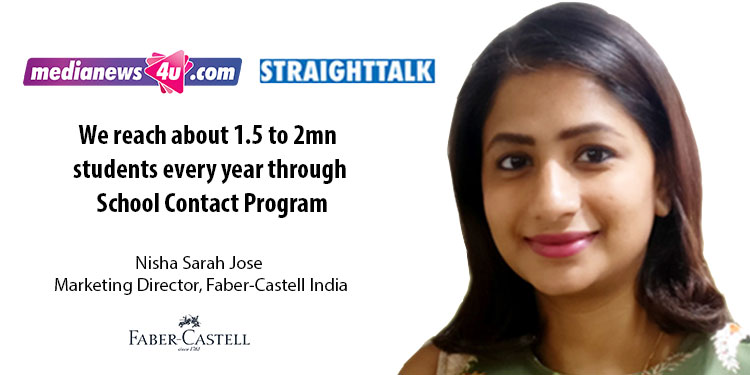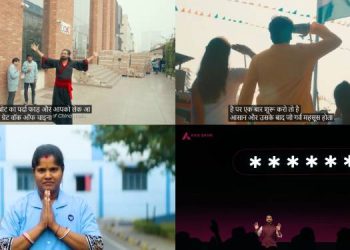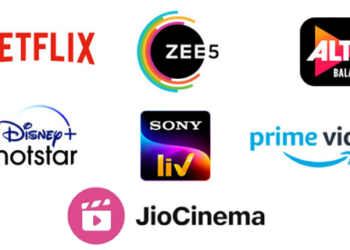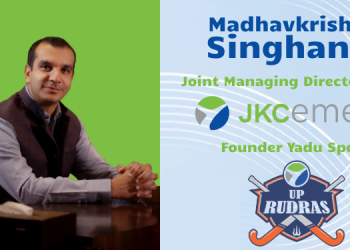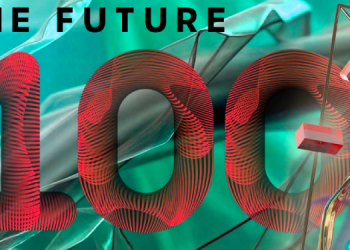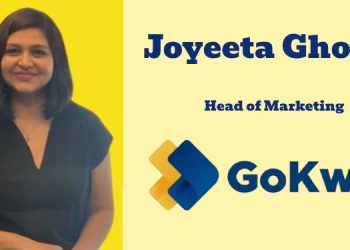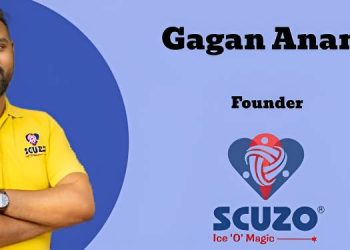Faber-Castell is one of oldest stationery brand, with the credit of being the largest manufacturer of wood-cased pencils, as well as the world’s leading supplier for high-quality products for writing, drawing and creative design.
Since 1993, the Graf von Faber-Castell luxury brand has been applying traditional craftsmanship and sophisticated design to ever-new design and cooperation ideas. Faber-Castell has production sites in nine countries, sales companies in 23 countries and sales agents in over 120 countries. With over 7,500 employees the company most recently generated annual sales of around EUR 630 million.
In an exclusive chat with MediaNews4U’s StraightTalk, Nisha Sarah Jose, the Marketing Director of Faber-Castell India spoke on brand ethos
What factors influence a consumer towards the purchase of stationery?
The primary purpose to purchase stationery in a family is part of the educational spend for their school going children. School teacher recommendation on a product or a brand is a major influencing factor for buying stationery and related products. Children on the other hand as end-users are highly aware of the products around them due to the digital exposure and also act as influencers. Creative campaigns by marketers and school contact programs also add to the brand awareness of the children.

What makes you to incline towards BTL activities instead of ATL?
Faber-Castell has always believed in first-hand experiences with our customers. Below the line (BTL) programs are an important touchpoint to gauge your user’s sentiment for the brand. Faber-Castell has a defined range of product categories for each life stage and with a BTL program, it’s a right window for us to communicate the right message to the right group. This direct experience adds to the brand’s long-term benefit and credibility.
For a loyal user, the brand is an accessible one and leads to building of a healthy customer-brand relationship. With all these upswings, below the line activations is also one which is very fair to the pocket and guarantees tangible ROI measurements. Our ongoing school contact program ‘Art with Purpose’ is an example on how we have been able to reach out to school students year on year, thus communicating to them as a brand our philosophy of ‘Art through creative expression’.

Parents or Children or influencers like teachers/ drawing teachers etc… Whom do you primarily target with your campaigns.?
Yes, the world is becoming smaller thanks to no boundaries due to digital proliferation. Today’s consumer is more exposed and aware of global trends and global brand campaigns. But this doesn’t mean that as a brand we stop localizing our communication to our customers. Faber-Castell talks to their customers connecting to the portfolios intended for each target group– therefore we still talk to children, their parents and influencers, each designed with communication for them. The same product can have different communication for different audience – for e.g. when we talk about our color rich color pencils – we talk to the children about the bright colors and different techniques to use them, while for their parents our communication is designed to educate them about the benefits of the product design- e.g. ergonomic shape for less tiring hands. Our campaigns for artist grade products are designed to reach the artists’ and art students communicating to them the superiority of the product in action – live through demonstrations with an artists and even blind tests.

What are the key factors you keep in mind while developing a campaign? How do you ensure it reaches the masses?
The core of the campaign always revolves around the experiential customer interaction. We try our best to speak their language, in the most preferred mode. The duration of the campaign also defines the sustainability of the program that has maximum impact. MROI is an imperative factor for any campaign that we develop. Reiterating the example of the school contact program we reach about 1.5 to 2mn students every year and the target is to add 10-15% new audience every year. For the digitally connected youth and for whom self -expressionism is the very core, we create digital campaigns with the viewpoint that everyone has a creative spark within them and how Faber-Castell as a brand can help unleash it through their imaginative expression – this campaign also has an offline event as a culmination which helps us as a brand to make the much more closer connection with our audience.
